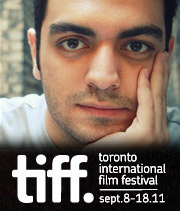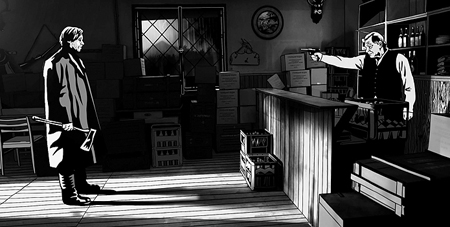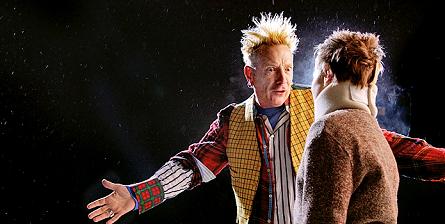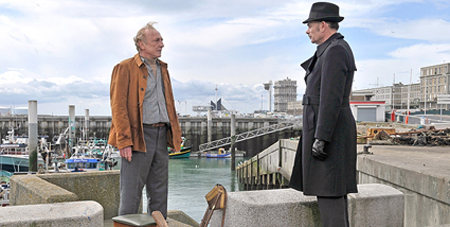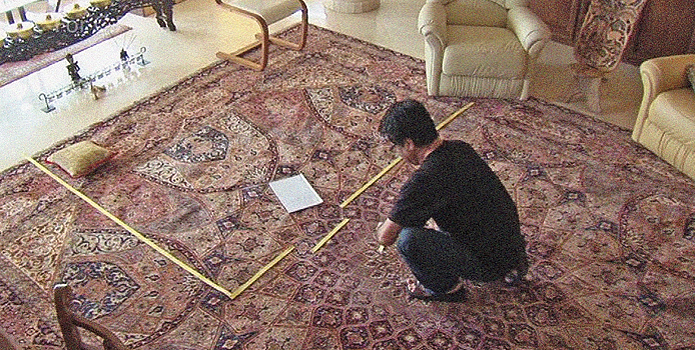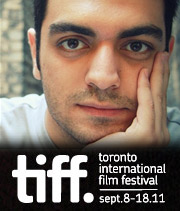TIFF: Ludivigne, Fassy and Glenn
 Monday, September 12, 2011 at 8:00AM
Monday, September 12, 2011 at 8:00AM Paolo again. Despite some minor screw-ups and nervous breakdowns, here I am to report on TIFF Day 4, which brought more polished kind of movies than the ones that I've seen in the past three days.
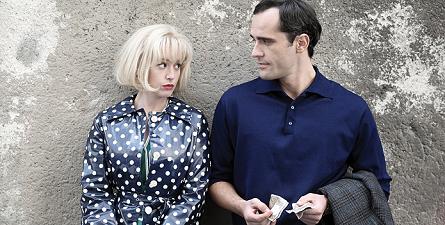
I saw Christopher Honore's Beloved as a recommendation by the TIFF Twitter account because I said that my two favourite movies were A Streetcar Named Desire and Do the Right Thing. Now I wonder what they would have said if I wrote that my top two are The Conformist and The Big Sleep.
Beloved begins with a sequence of a Roger Vivier boutique where its customers try out the heels that the shop sells. Different colours, skins, anything a girl wants. A young shop employee named Madeleine (Ludivigne Sagnier, recently interviewed right here) steals a pair and by wearing it she's mistaken for a prostitute. That's only one of the things that are difficult to swallow here, prostitution treated as something that Madeleine can get in and out of. Also incredulous is her daughter Vera (Chiara Mastroianni) turning a gay man (Paul Schenider) straight, the opposite of what happens in Honore's Love Songs where a straight man turns gay. Honore tackles the fluidity of human sexuality in his films, as characters deal with being guilty of or the victims of infidelity. It's very open to, say, the Freudian nature of love where parents see their lovers within their children. Madeleine embodies that ambivalence and, since this is an Honore film, she occasionally sings these issues out.
The joke, of course, is that the adult version of Madeleine has to played by Mastroianni's real life mother, Catherine Deneuve and thus the younger Madeleine has to copy the older actress's younger self. The scenes set in 1964 make the comparison slightly unconvincing, but the non-linear film fast forwards into the late 70's to better results. It's scary how Sagnier nails Deneuve's essence, and it's not just the former's hair doing all the work. There's this snark that both have, this sexy cynicism that mirrors one with the other. Now if anyone can explain to me what the Prague Spring and 9/11 really have to do with these women's love lives...
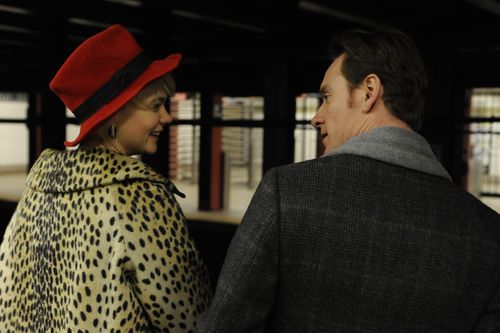
Now there's my favourite movie forever this day, Steve McQueen's Shame. His previous work Hunger succeeds in making its audience marvel at his aesthetics in those film's first few minutes. Shame doesn't do this (at first) making the shots and the characters' actions within the frame more cyclical. It almost scares us into thinking that the movie will just be protagonist Brandon (Michael Fassbender) waking up and ignoring his sister Sissy's (Carey Mulligan) needy voice messages for a hundred or so minutes.
It's not until the entrance of the supporting cast that the film is humanized. Shame & Albert Nobbs after the jump.



